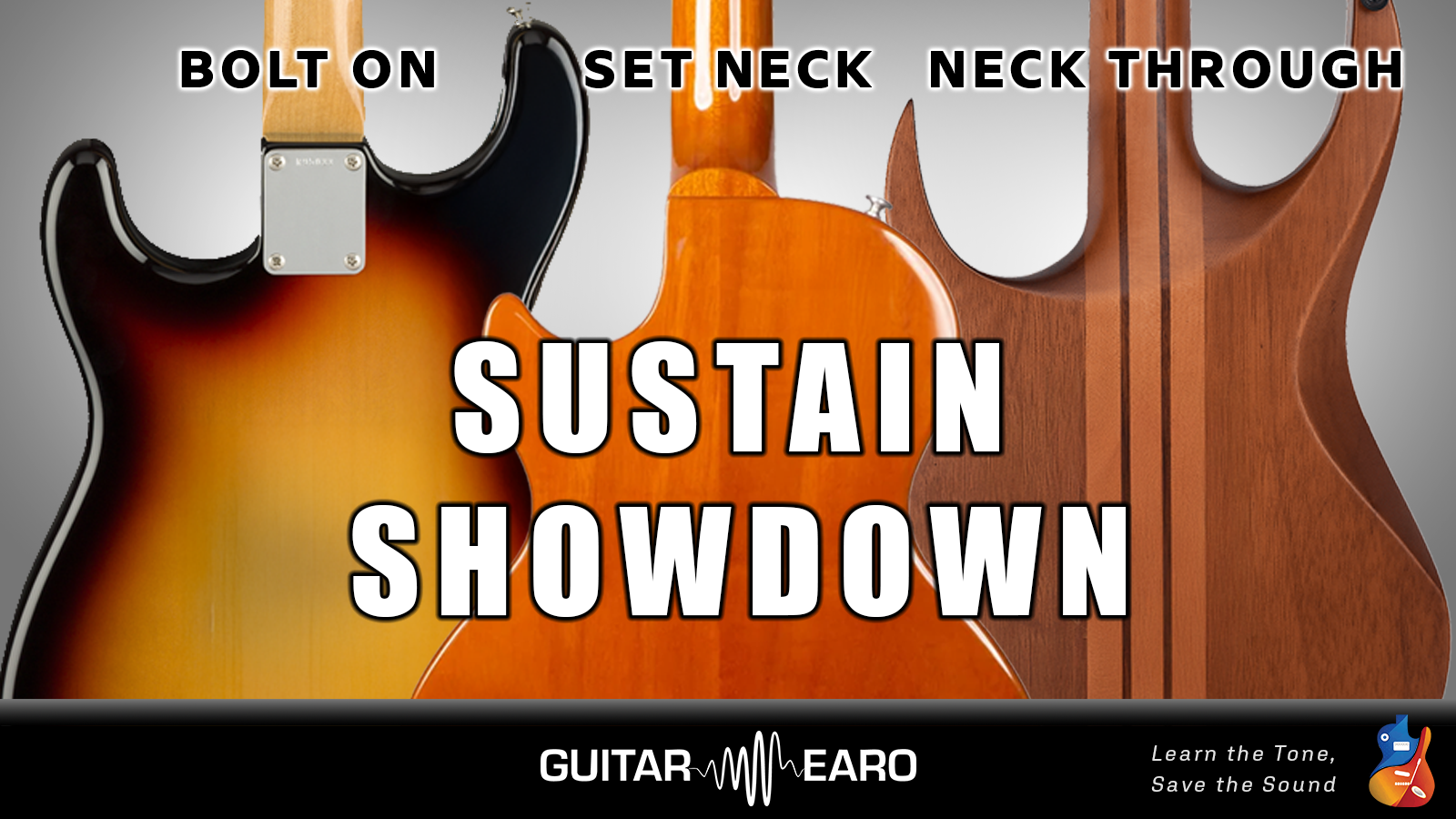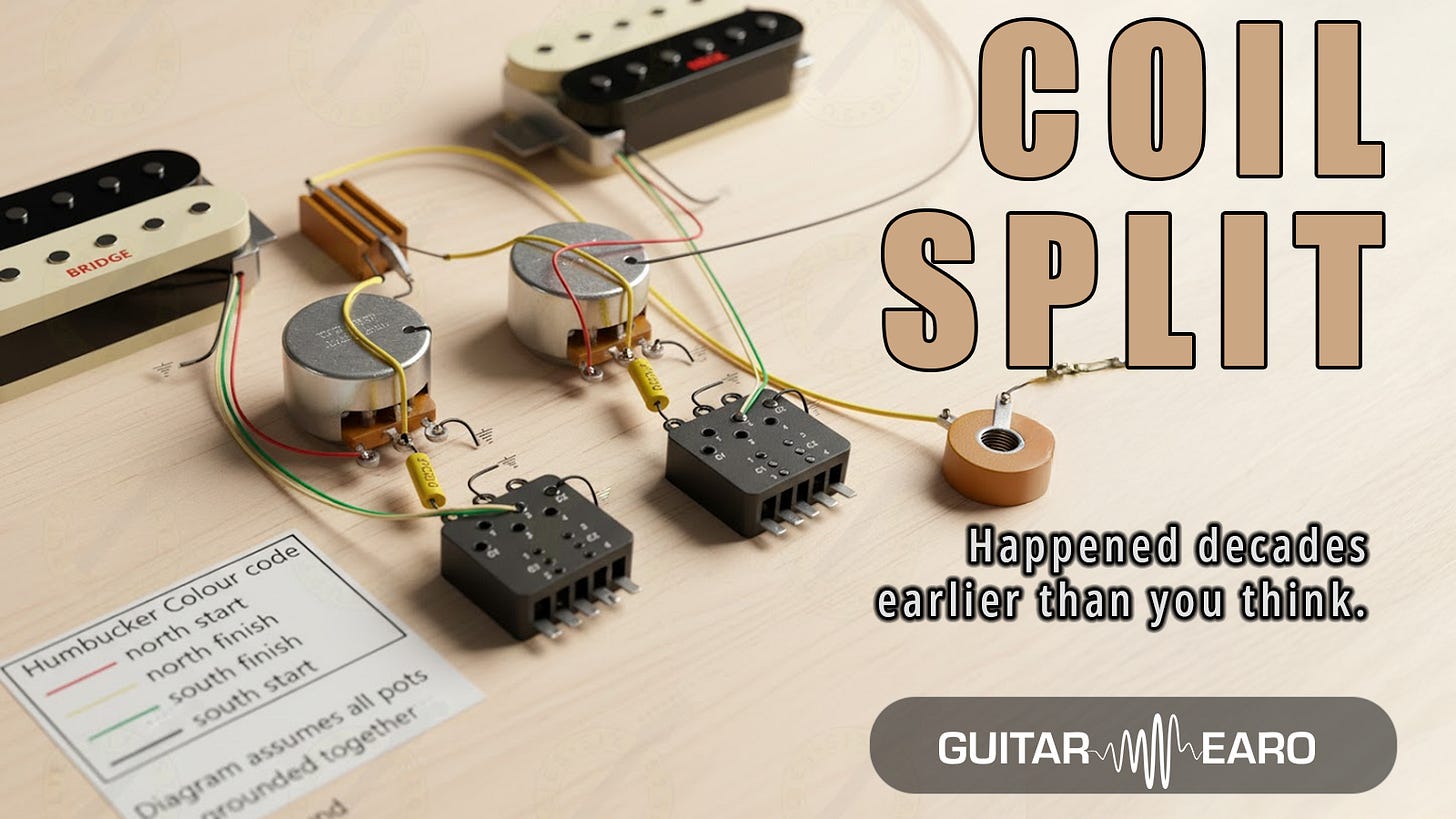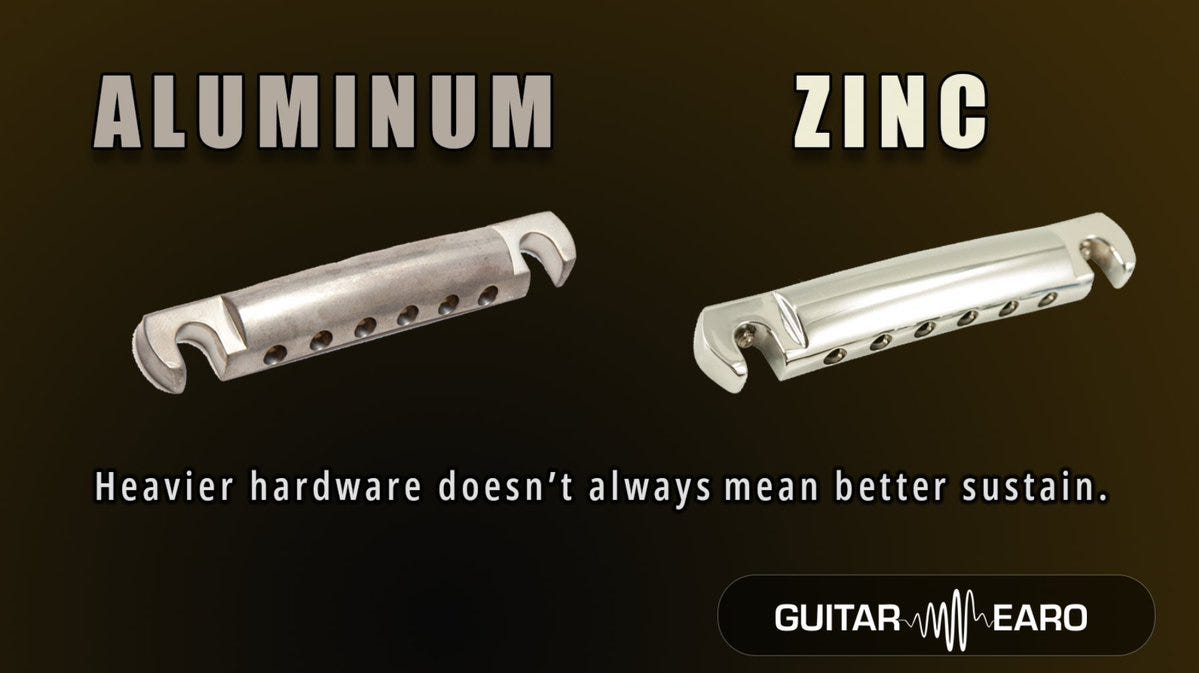The Origins of the Debate
The idea took root in the 1950s. Gibson’s carved-top Les Paul was a glued-neck instrument, marketed as refined, elegant, and sustaining.
Fender’s new Stratocaster and Telecaster, by contrast, were unapologetically industrial: slabs of ash and maple with necks fastened by four bolts.
The contrast was irresistible. Even today, guitarists reach for the shorthand: glue equals warmth, bolts equal bite.
On paper, it sounds reasonable. A glued joint appears to provide more contact between neck and body, which ought to mean better energy transfer, and therefore longer sustain. A bolt-on, with its visible plate and tiny gap, should be less efficient.
That is the theory. But theories are only as good as the tests that confirm them.
The Experiment
In 2007, luthier R. Mottola decided to settle the matter. He built three guitars as close to identical as humanly possible: the same body shape, the same bridge, the same <a href="high-vs-low-the-eternal-pickup-output.html">pickups</a>. The only difference was the neck joint:
one bolt-on,
one set-neck,
one neck-through.
Then he measured two things: how long each guitar actually sustained, and whether listeners could tell the difference.
The Results
The results were not what tradition would predict.
The bolt-on sustained the longest.
The set-neck came second.
The neck-through, often assumed to be the ultimate solution for sustain, came last.
And when the guitars were compared in blind listening tests? Players could not reliably tell them apart. The myth had collapsed under its own weight.
Why the Myth Survives
If the data is clear, why does the belief persist?
Partly because it feels intuitive: more contact should equal more sustain. Partly because Les Pauls do sound thick and creamy, and players instinctively attribute that to the glue. And partly because advertising in the 1970s drilled the message into generations of guitarists.
Beliefs reinforced by culture and marketing are harder to shift than the notes of a G chord.
The Real Takeaway
The experiment leaves us with a much more practical conclusion: what matters is not the joint type, but the quality of the build.
A sloppy set-neck can deaden a guitar. A perfectly executed bolt-on can sing for days. Sustain is about craftsmanship, materials, and design—not whether a luthier reached for glue or bolts.
Final Word
Bolt-on does not mean worse sustain.
Set-neck does not mean guaranteed warmth.
Good sustain comes from good design.
Tone, in the end, lives in the details—not the dogma.
⚡ Thanks for reading Guitar Earo.
This Substack is for guitarists who want more than recycled myths. We dig into the experiments, the culture, and the science behind the sound of the electric guitar.
👉 Subscribe to join the growing community of tone nerds—and to follow our work building the first technology that trains your ear to recognise the sound of real guitars.
Learn the Tone. Save the Sound.




